The Luba (or Baluba in Tchiluba) are a people of Central Africa originally from Katanga, more precisely from the region of the Lubu River, from which their name derives (Baluba meaning "the Lubas"). Their history dates back to a secession of the Songhoy ethnic group, under the leadership of Ilunga Kalala, who had the old king Kongolo, venerated in the form of a python, killed. In the 16th century, they founded a state, organized into decentralized chiefdoms, which extended from the Kasai River to Lake Tanganyika. These chiefdoms, without real borders, generally included three villages at most. The Luba had two types of sculptures: the mikisi mihasi, representing ancestors or spirits, and the mikisi mihake, statues intended to contain a magical charge, placed in the head or abdomen, to solve a specific problem.
Piece accompanied by its certificate of authenticity. PS: what does the certificate of authenticity consist of? https://www.galerie-art-africain.com/faq.aspx?qid=8
PLEASE NOTE THE TRANSPORT PRICE INCLUDES LOSS, THEFT AND BREAKAGE INSURANCE.




















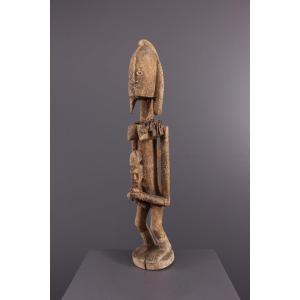
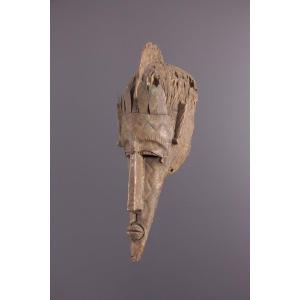



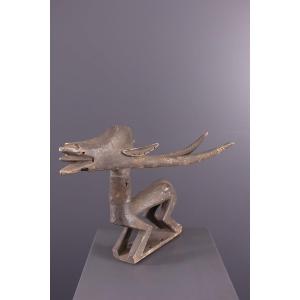
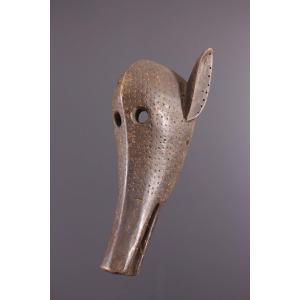
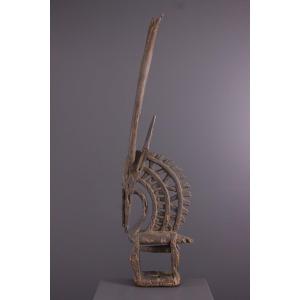












 Le Magazine de PROANTIC
Le Magazine de PROANTIC TRÉSORS Magazine
TRÉSORS Magazine Rivista Artiquariato
Rivista Artiquariato